3d print files for commercial use vvtiluxe
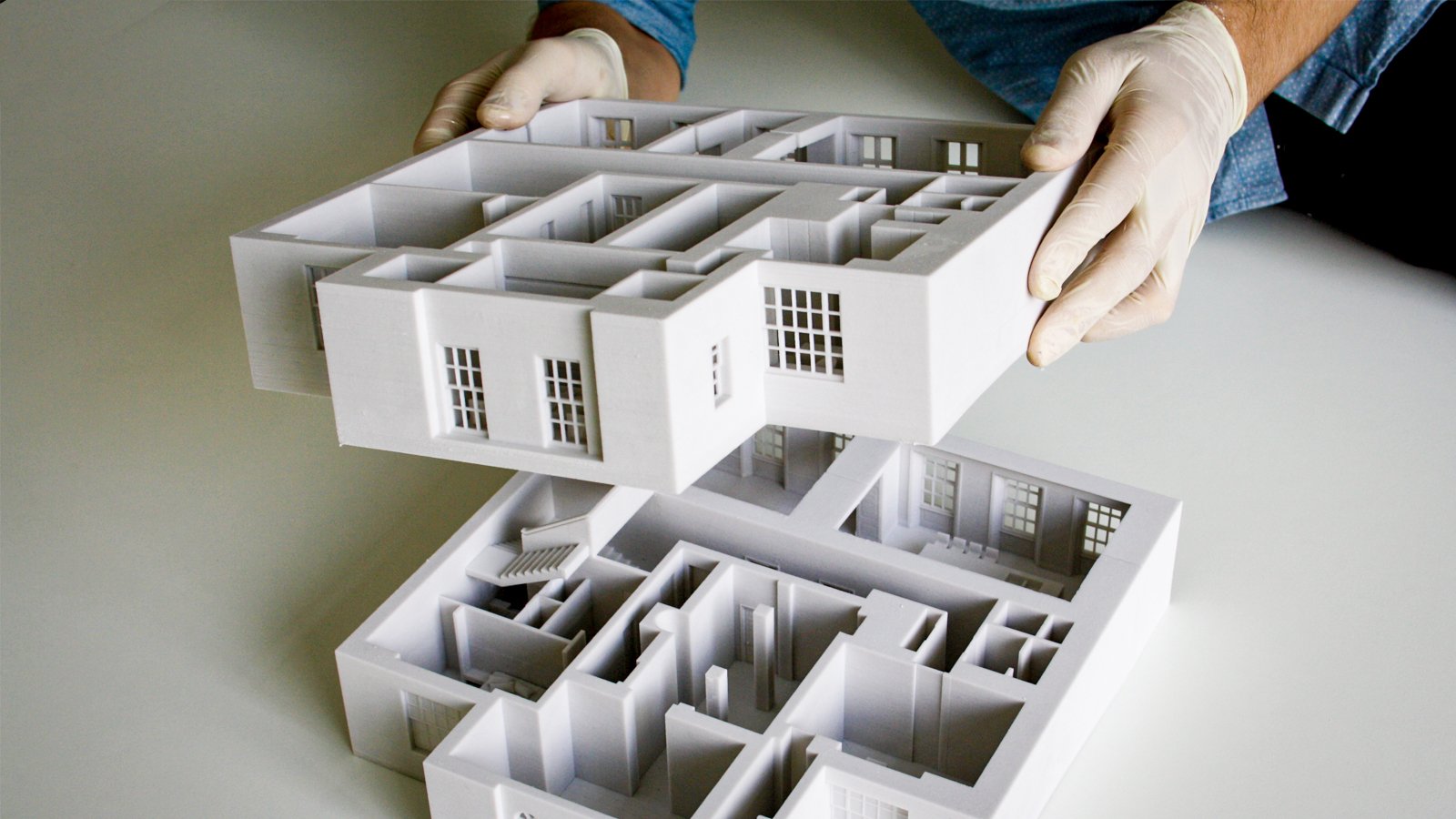
6. Nylon. Polyamide (PA), commonly referred to as nylon, is a robust and enduring 3D printing material renowned for its exceptional toughness and resistance to both high temperatures and impacts. It boasts commendable tensile and mechanical strength, making it a favored choice for a wide spectrum of applications.
Ultimate Plastics Materials Guide for 3d Printing
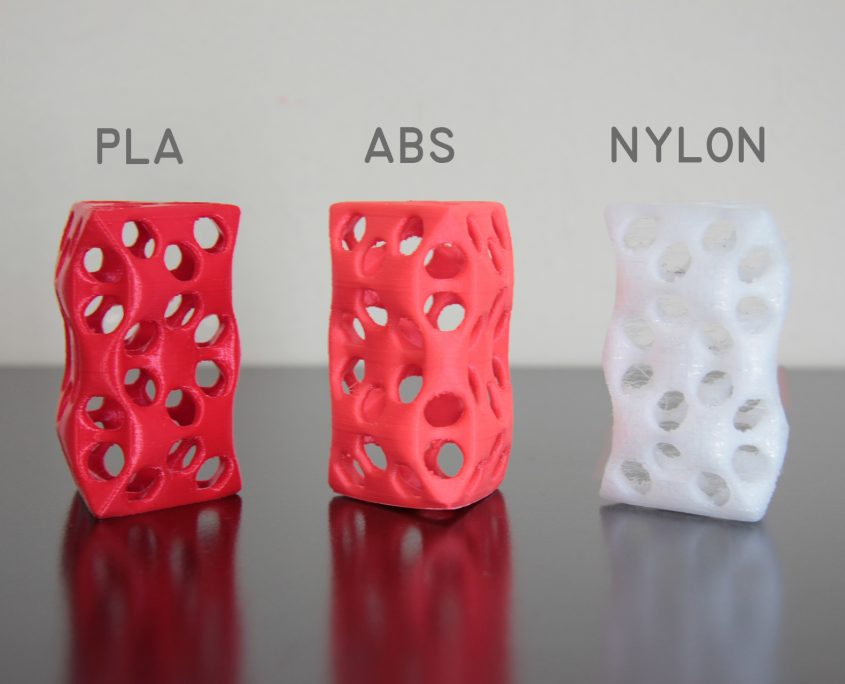
All 3D Printing Materials - The Ultimate Guide. by Carolyn Schwaar. Updated Mar 16, 2024. There are thousands of materials used in 3D printing. In this guide for professionals and hobbyists, we cover everything that's fit to 3D print with. Advertisement. There are thousands of materials used in 3D printing. In this guide for professionals.
A Beginner's Guide to Silicone 3D Printing AMFG
Paper. Paper can be 3D printed, but much like a sheet of paper is very fragile. PC. PC (polycarbonate) is an extremely strong material which is both extremely heat resistant and one of the strongest printable materials. PLA. PLA (Polylactic Acid) is a plastic commonly used across a lot of home 3D printing.
We can 3Dprint wood now
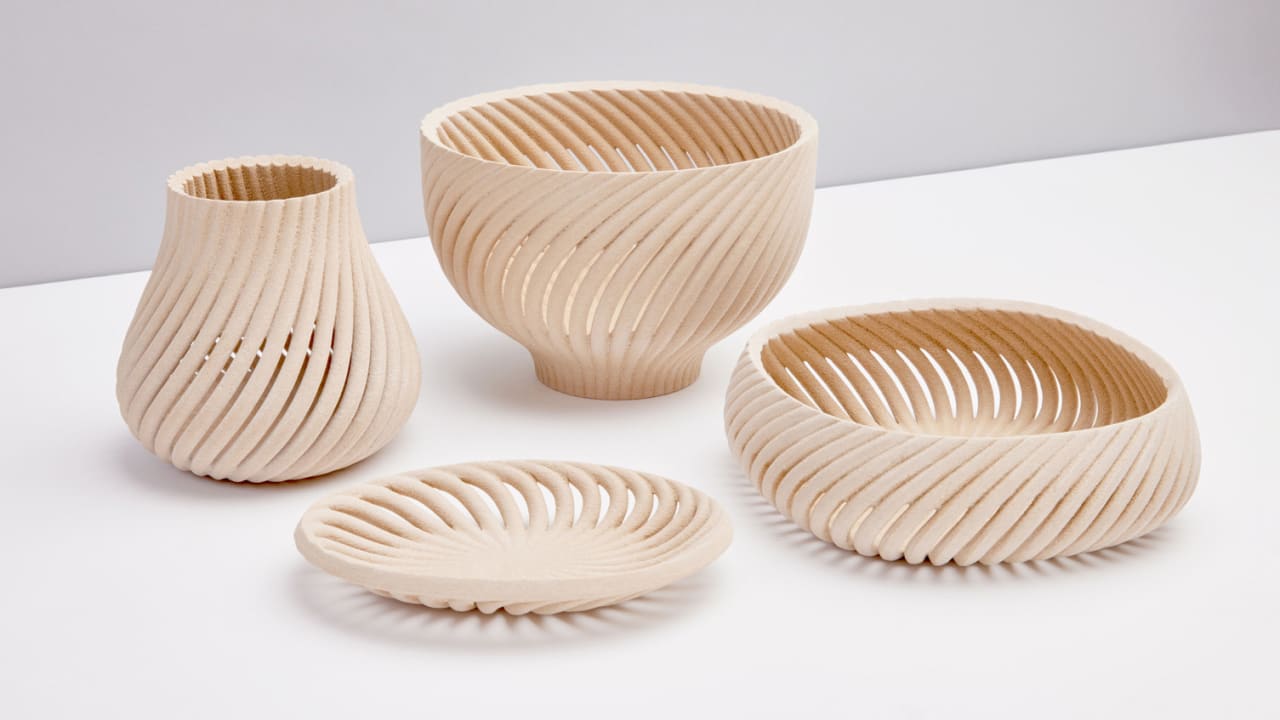
Plastic 3D printing material comes in multiple different colors and can also be transparent. Plastic 3D printing filaments are usually sold in spools with either a glossy or matte texture. Plastic is a desirable 3D printing material because of its many beneficial properties including flexibility, firmness, smoothness, and a variety of color.
How to make transparent and translucent parts
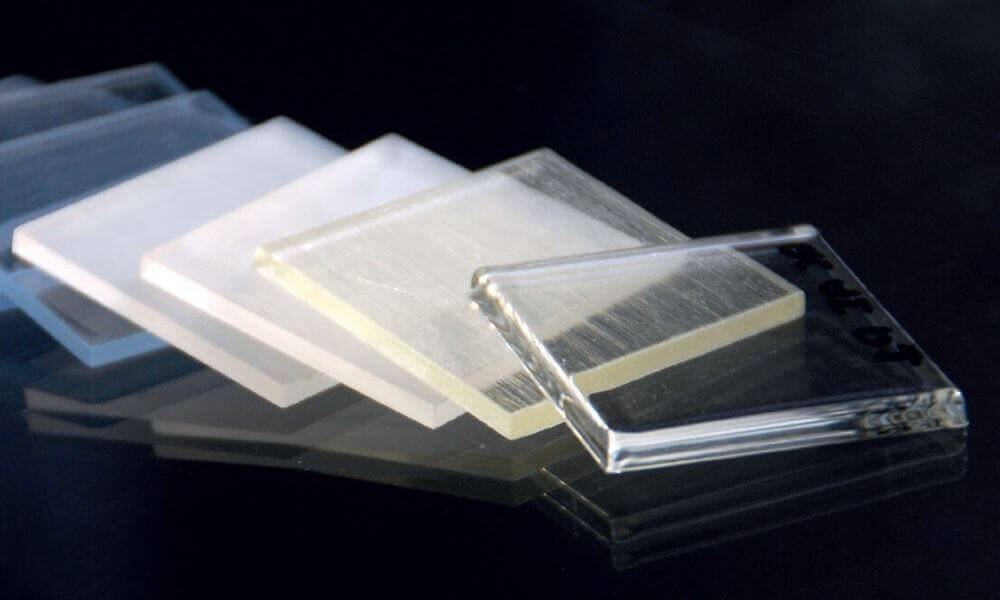
Below are his top 10 favorite materials for 3D printing (beyond common and improved plastics), starting with current ones. 1. Sintered powdered metal. Used for "printing" injection molds and sacrificial fixtures that accelerate the design process for traditional manufacturing methods like injection molding, casting, and lay-up.
Soportes de impresión 3D todo lo que necesita saber Impresoras Delta 3D
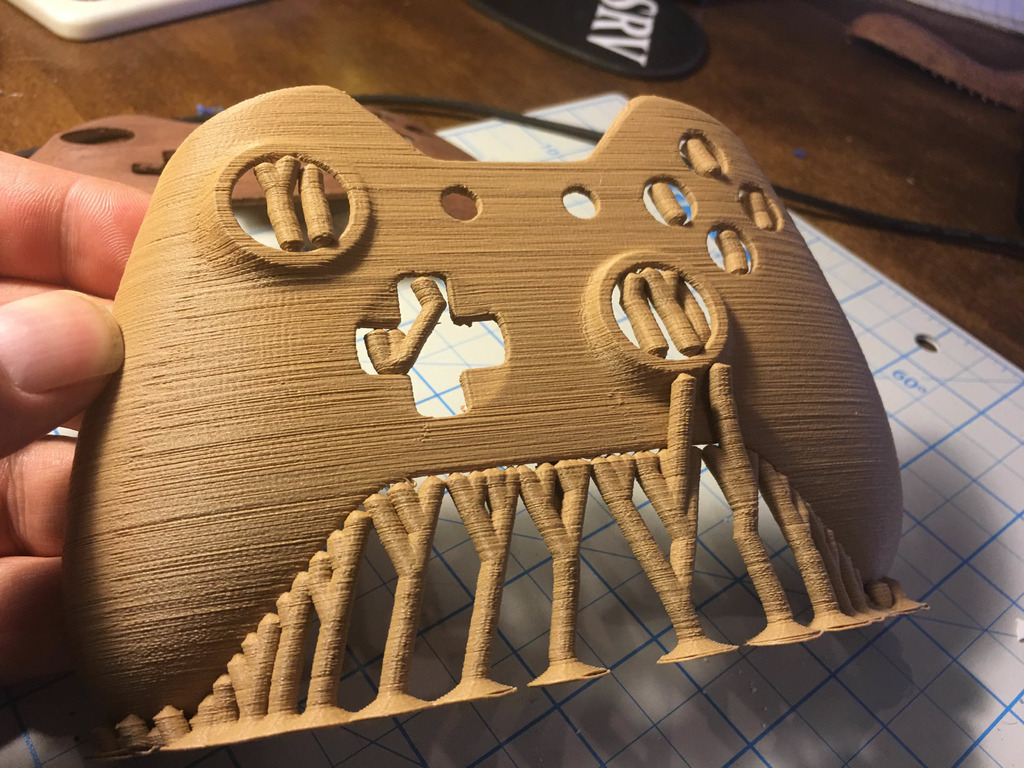
Material Properties in Stereolithography (SLA) 3D Printing. To understand material properties, we need to start with the stereolithography process and its raw material, the resin. Plastics are made out of long carbon chains, whereas resin is a plastic composed of short (er) carbon chains.
What Kinds of Things Can You 3D Print?

Ultimate 3D Printing Materials Guide. After over a year of research, countless filament spools, and hundreds of hours of printing, our team is proud to present the Ultimate 3D Printing Materials Guide. Covering over a dozen of the most popular materials in use today, this guide will help you select the best material for your next project or.
Design Better 3D Prints that don't need Support Material YouTube

The most widespread 3D-printing material, polylactic acid (PLA), is a biodegradable plastic made from renewable sources like corn starch. PLA has many benefits, such as a low melting point ideal for lightweight and consumer use. It's also strong, doesn't expand as much as other materials when heated, and has good adhesion to other materials.
5 Cool And Amazing Things That You Can 3D Print Wonderful
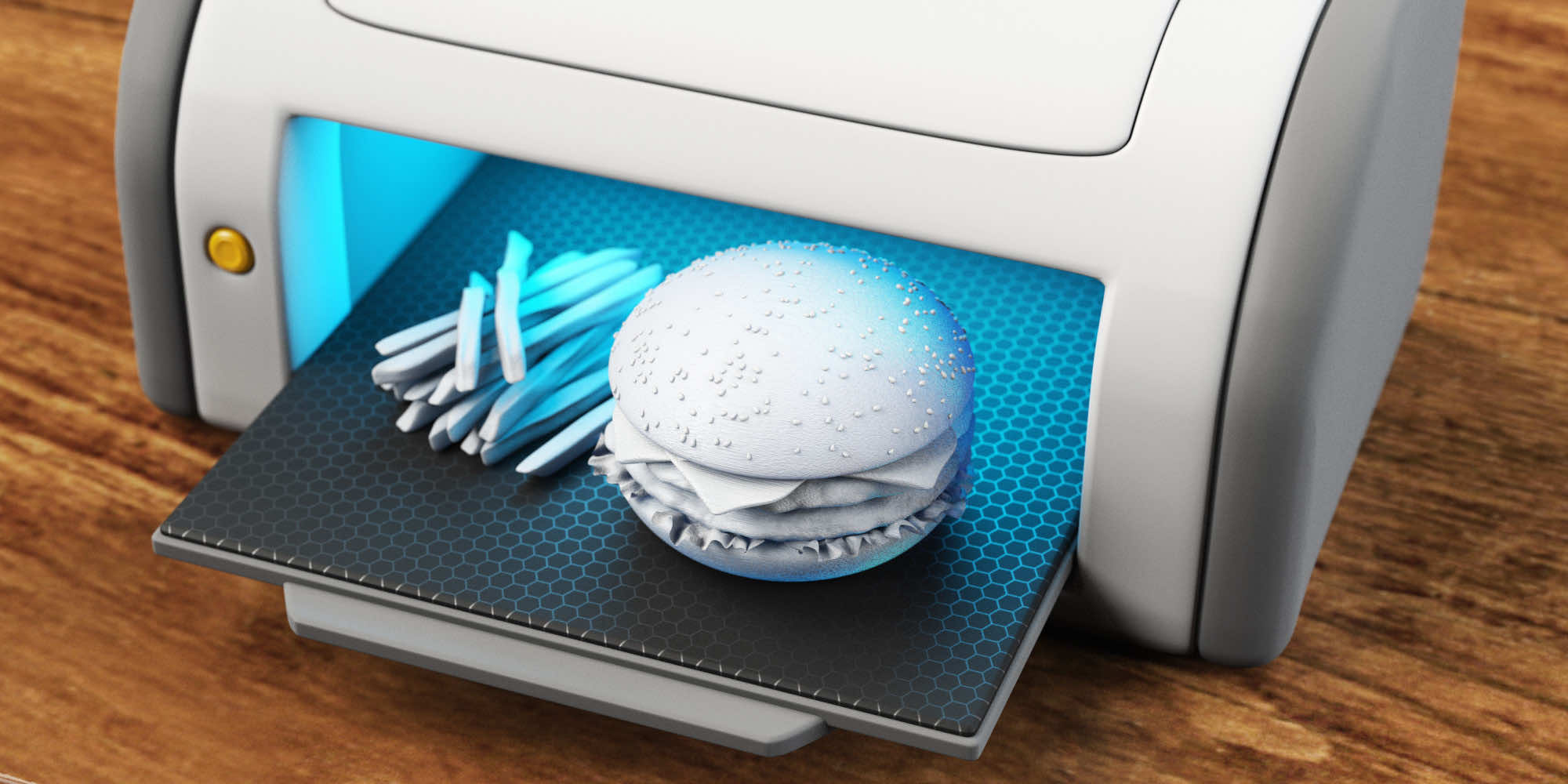
The most common FDM 3D printing materials are ABS, PLA, and their various blends. More advanced FDM printers can also print with other specialized materials that offer properties like higher heat resistance, impact resistance, chemical resistance, and rigidity. Material. Features. Applications.
Nylon 3D Printing All you Need to Know AMFG

ABS. ABS (Acrylonitrile Butadiene Styrene) is the second main plastic used in 3D printing. It's more heat-resistant than PLA, but can be melted down and reused if needed. Its melting point is at about 221°F, so you don't have to worry about your creations melting in most cases.
Carbon Fiber 3D Printing The Ultimate Guide All3DP Pro
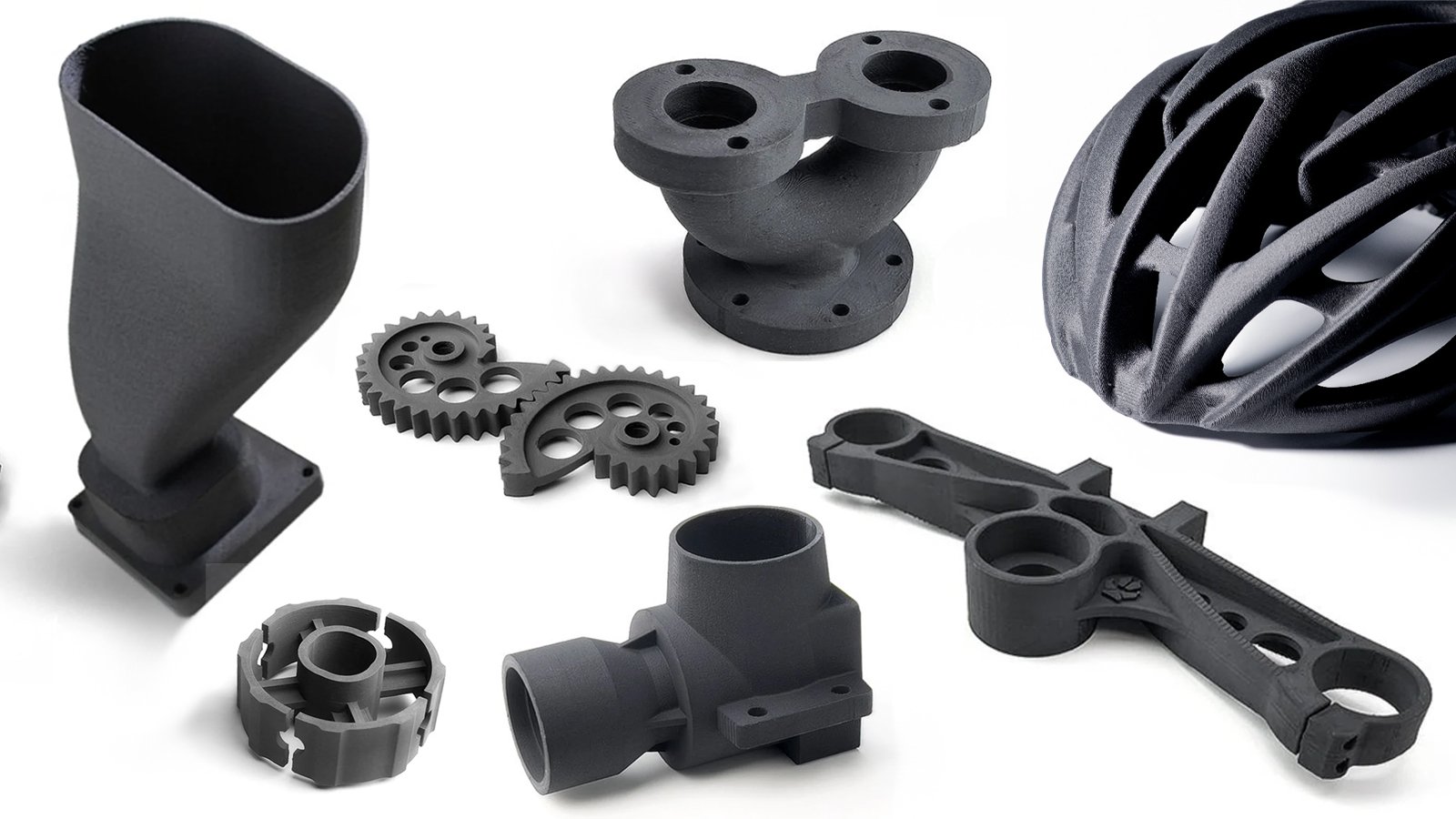
We'll look at the pros and cons of each material as well as which types will work with your 3D printer. Type. Pros. Cons. Cost per kg. ABS. Tough; Common; Non-toxic. High melting point; Unpleasant.
Extensive 3D Printing Materials Guide Helps You Choose the Best
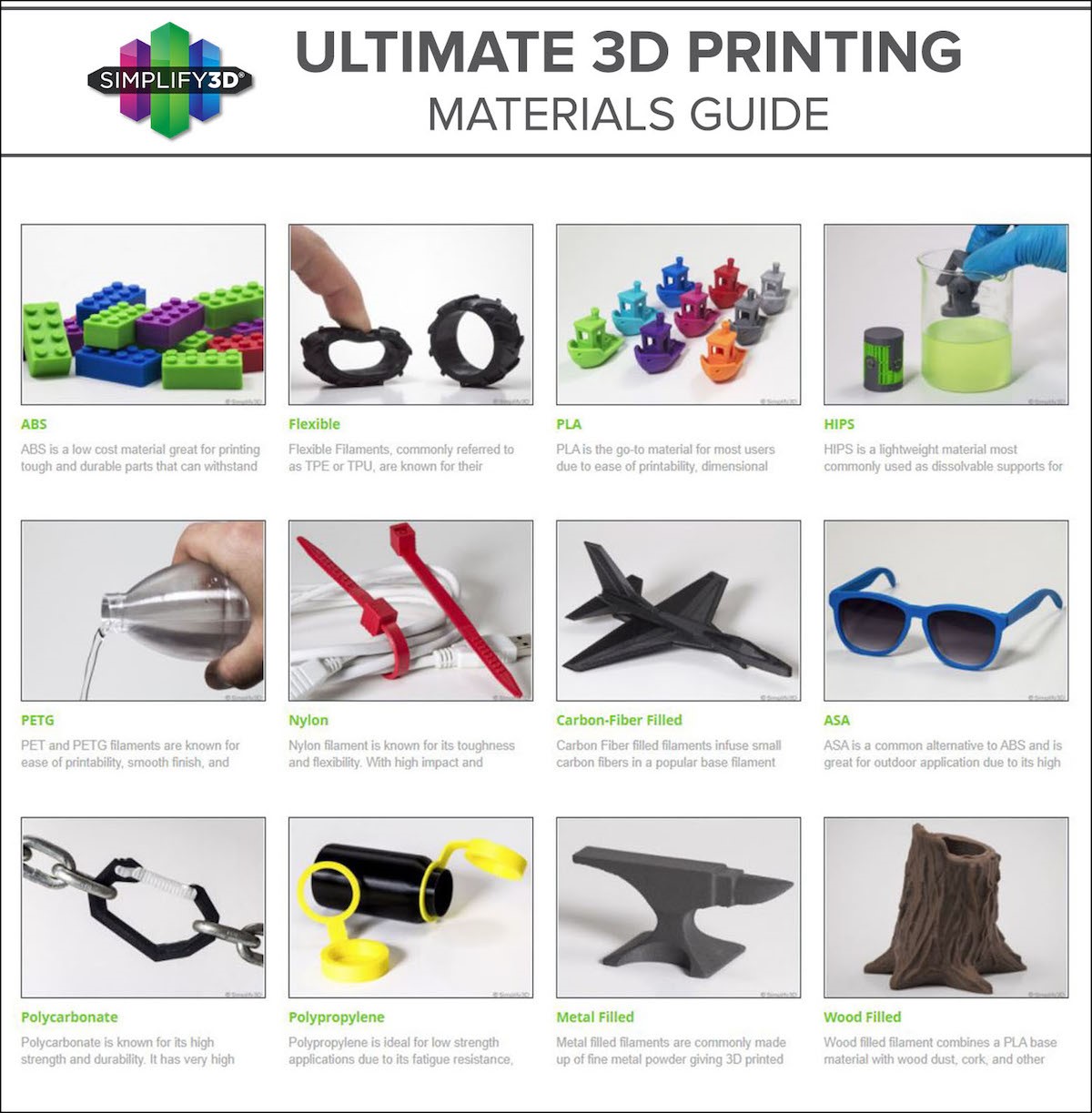
Smaller diameters can provide more precision, but larger ones can print faster. A set of different sizes offers versatility if you need to accommodate an array of print projects. Types of Printing Material. 3D printing materials can vary widely, with options that include plastic, powders, resins, metal and carbon fiber.
Anyone have success with clear PLA? 3D Printing Space

Metal is a valuable material in aerospace and aviation. It can be used to 3D print structural components (often with a titanium alloy). Fuel nozzles can be easily created for specific airplanes, and jet engines can potentially be constructed out of 3D printed parts. Engineering. Metal printed parts are useful for a variety of engineering.
3D Printer Material You Can Sculpt! YouTube

The materials you can use include plastics, metals, ceramics, powders, resins, and much more. The most popular material you'll see is plastics, more so PLA and ABS because of their ease of use and compatibility with most 3D printers in the market. The higher end 3D printers open your ability to print with more materials but they can get.
A new, highprecision method for 3Dprinting small, soft objects Tech
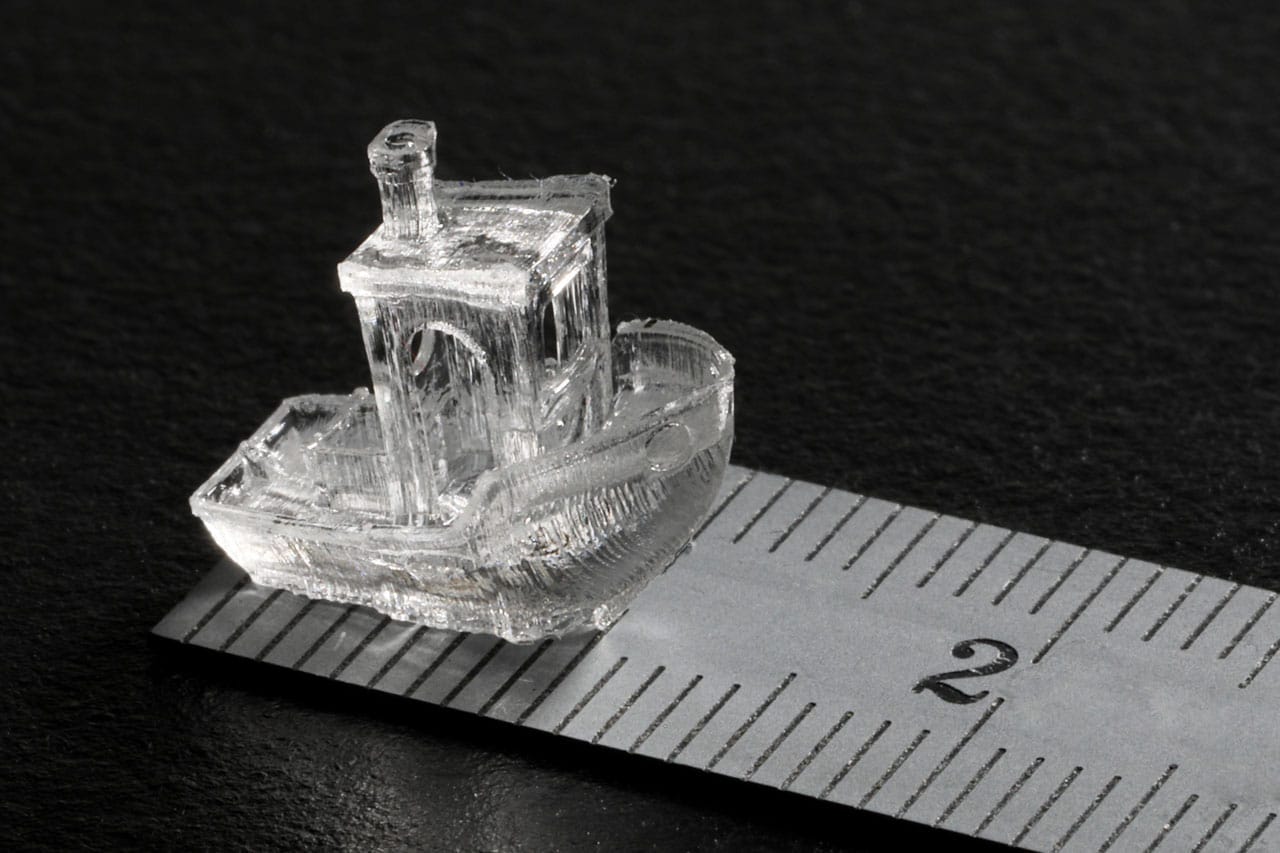
Digital Light Processing (DLP) Overview: DLP is a resin 3D printing technology that uses a digital light projector to cure the entire layer of resin simultaneously. It offers fast print speeds and high print quality, suitable for both small and large-scale production. Pros : Faster print speeds compared to SLA.
Ultimate Materials Guide 3D Printing Flexible Filament
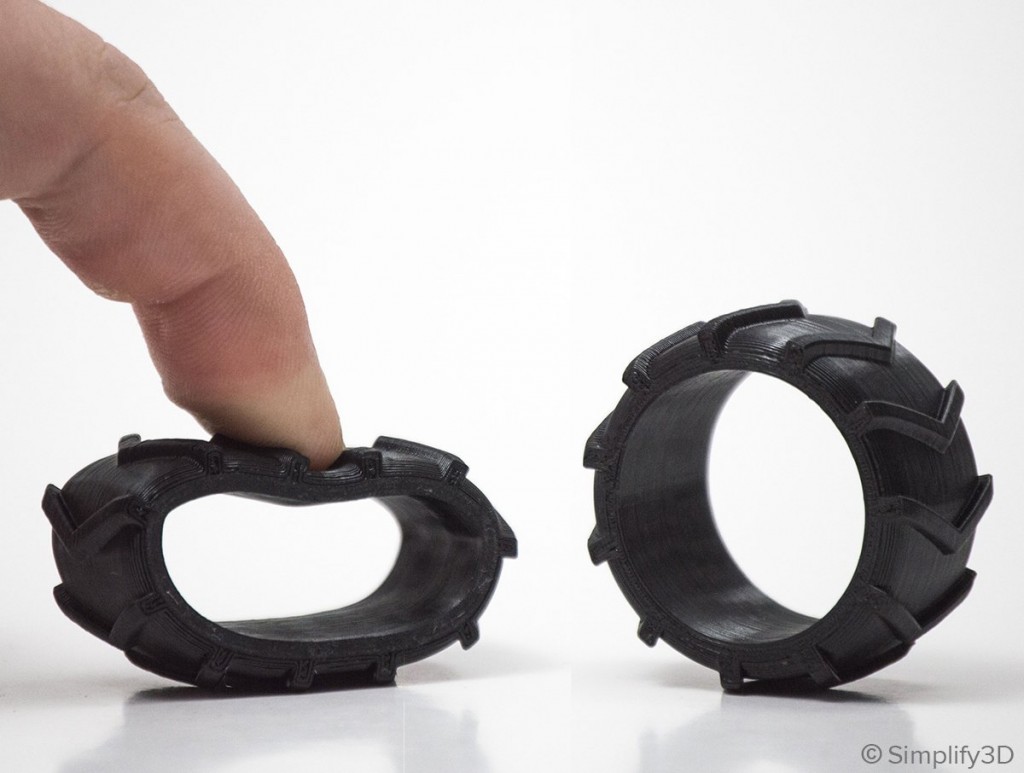
When you picture 3D printing, you probably think of items being made with plastic. Plastic is the most commonly used 3D printing material, but it is certainly.. TPU, PETG, etc.) and resin. Less common materials that can be 3D printed include wood filaments, metal filaments, ceramics, metal alloys, and sandstone filaments.
.

